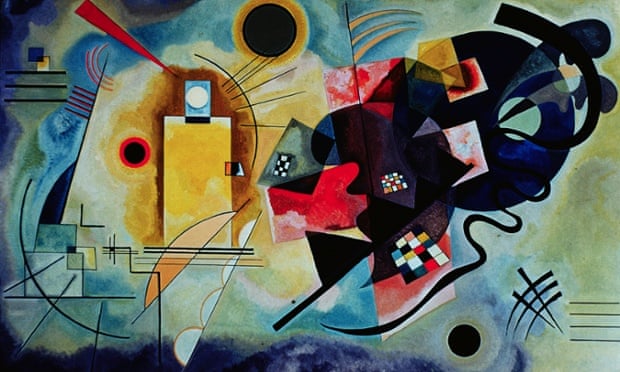Friday, February 28 th, 2014Issue 09, Volume 18.
Yeoman Durrell Conner was wrapping presents for his sister's children on what seemed to be an average, run-of-the-mill day when Japanese forces unexpectedly attacked Pearl Harbor on Dec. 7, 1941 and torpedoed his ship, the U.S.S California, and others.
The day would become what Conner has described as the longest in his life, and it was the events that occurred over the course of that day that he discussed with a group of nearly two dozen individuals who packed a backroom of West Coast Ammo in Temecula at 1 p.m. on Saturday, Feb. 22.
The event was part of a series that occurs monthly and is put on by The World War II Experience, a nonprofit organization dedicated to teaching audiences about the history of World War II by focusing on the stories of the people that were there.
The organization was founded by Linda Dudik, PhD., a former Palomar College professor who felt compelled to share the stories of veterans and how those stories fit into a historical context. That's exactly what she's been doing since she started a partnership with West Coast Ammo, where speaker events are held.
Dudik said that it's particularly important to hear firsthand accounts of what occurred at Pearl Harbor because such stories shed light on just how difficult it was to be under attack and they also remind people of the significance of the date that President Franklin D. Roosevelt said would live in infamy.
'One of my Pearl Harbor friends always understood that they're known as Pearl Harbor survivors,' Dudik said. 'But he liked to call himself and the other people that were there Pearl Harbor defenders because they were on the front line that day.'
'We especially welcome children (to the event) because we're hoping future generations will know December 7th,' she said.
The audience present became enthralled in a presentation led by Dudik that discussed the life of the now 95-year-old Conner and how his environment and the era he grew up in impacted his decision to enlist in the armed services.
Conner joined at a time when it was actually very difficult to become a part of the Navy because, in the midst of the depression, everyone wanted to have a job.
The Navy's promise of a monthly salary, food and a bed was something that drew in huge numbers of people to enlist and that number was so large, according to Dudik, that only one in ten people was actually accepted.
But Conner was not like many of his peers; he had worked to finish a high school diploma, a thing that very few GIs had at that time. In fact only one in every four GIs had a grade school education, according to Dudik.
After being accepted into the Navy Advertisement[ Casa Tiene Vista ] and going through boot camp in San Diego, Conner was assigned to the U.S.S. California where he started as a wiper. He cleaned the long-range guns on the ship.
Eventually Conner would hear of an opening on the admiral's staff when he was stationed in Norfolk, Virginia. The position was to work in communications, which Conner was well-suited for since he had learned how to type during his high school years.
He spent his days uncoding and recoding messages, many of which were top-secret.
Conner was still a cryptographer when the U.S.S. California was stationed in Pearl Harbor and had been getting the presents ready for his relatives at such an early date because of the way mail was processed.
'Back then we didn't have mail like we know it now,' Conner said. 'We had clipper ship or clipper plane that came in once a month and so we were advised that we should wrap our Christmas presents and get them on the mail early otherwise they'd never get there in time.'
'I was wrapping Christmas presents for my nephew and niece and that's when I heard this commotion,' he said. 'And that's when I looked over the port and I saw an airplane, real low, coming at us and he dropped something and he has banked away that's when I saw the red emblem of the rising sun on the plane so I knew what he had dropped.'
The torpedo, one of at least two that hit the ship around 8:05 a.m., hit about 15 or 20 feet under where the cryptographer said he had been standing.
Everybody went to their battle stations on the ship as it began to sink according to Conner. One of the torpedoes had gone through the ship and exploded, killing at least one hundred of the men.
At some point during the ensuing chaos, Conner said he did something that he hoped would raise morale among the men. The American flag, which had been dropped by the Marines in the ensuing attack, was lying on the ground. Conner picked it up and hoisted it onto the line on the ship for everybody to see.
Today the California Department of Veteran's Affairs in Sacramento claims to have the flag Conner raised, but he's not sure it is the right flag. He'll be going to Sacramento next week alongside Dudik to determine if it is.
'We know, because it's documented, that it's in Sacramento somewhere,' he said. 'Now whether or not it's the flag they're going to show us, I don't know; it might be in some store room somewhere, but I hope it is the right flag.'
West Coast Ammo is located at 41892 Enterprise Circle South, #B in Temecula. They can be reached at (951) 719-3272.
Post By http://ift.tt/1cYT2mb





0 comments Blogger 0 Facebook
Post a Comment
Click to see the code!
To insert emoticon you must added at least one space before the code.